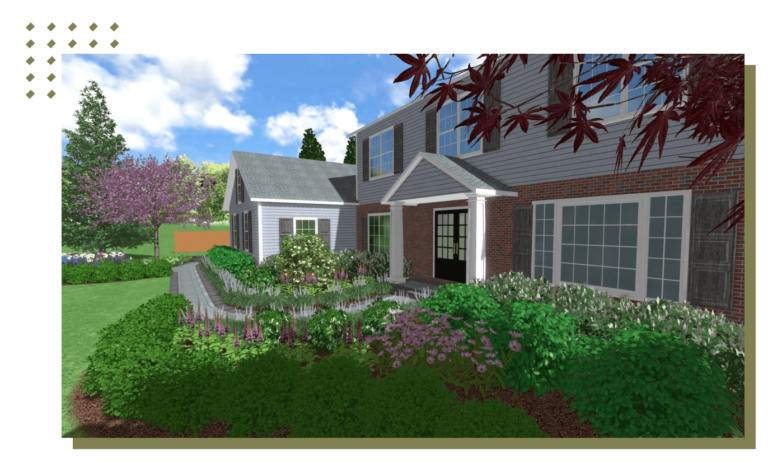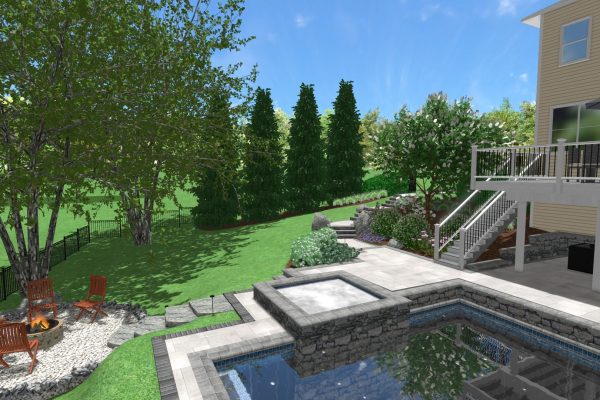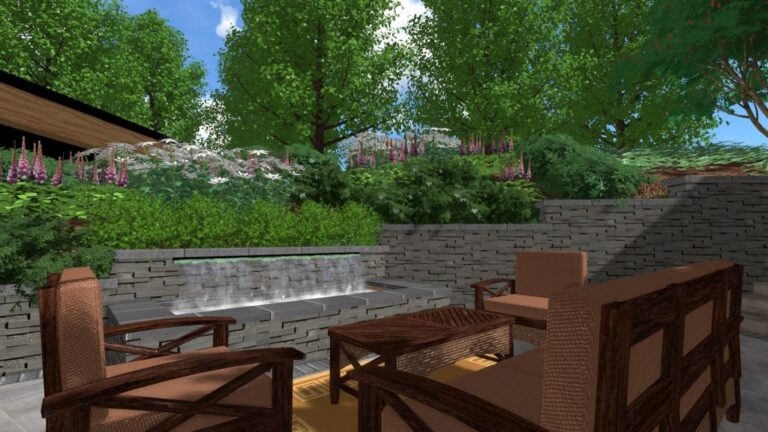Greening our Future:
The Role of Landscape Designers
To Mitigate Global Warming
As a Landscape designers with a deep sense of awareness of the periphery of issues affecting our environmental climate change, we have a vital role to play in shaping resilient, sustainable, and climate-responsive landscapes that contribute to the collective efforts to mitigate and adapt to the impacts of global warming.
Here are some key considerations and practices to give us an idea of the role of landscape designers to help mitigate the effects of climate change:
1. Sustainable Design Practices
Landscape designers can implement sustainable design practices that help mitigate the impacts of climate change. This includes:
Selecting Appropriate Plant Species
Imagine a garden that thrives effortlessly, embracing the essence of your surroundings. Choosing native plants that are adapted to the local climate and require less water and maintenance.
Native plants are often more resilient to extreme weather conditions and support local biodiversity. Selecting a Native Plant Design means embracing a union of nature and artistry. It isn’t just about aesthetics, it’s about fostering ecosystems that harmonize with nature’s rhythms. One of the few role of landscape designers to consider. With a wealth of experience and a true understanding of plants, we breathe life into spaces that radiate the beauty of the wild.

Incorporating water-efficient irrigation system:
Incorporating water-efficient irrigation systems in landscape design is crucial for mitigating the impacts of climate change, particularly in regions experiencing water scarcity, drought, and unpredictable precipitation patterns.
It is essential for building climate-resilient landscapes, conserving water resources, reducing energy consumption, promoting soil health, and achieving sustainability goals in the face of climate change.
By adopting innovative irrigation technologies and practices, communities can enhance their adaptive capacity and contribute to a more sustainable and resilient future.

Here’s how water-efficient irrigation systems contribute to climate change adaptation and resilience–
Conservation of Water Resources
Water-efficient irrigation systems, such as drip irrigation, micro-sprinklers, and soil moisture sensors, help conserve water by delivering it directly to the root zone of plants, minimizing evaporation and utilizing permeable surfaces to reduce runoff. By reducing water waste, these systems help alleviate pressure on freshwater supplies, especially during periods of drought and water stress exacerbated by climate change.
Adjusting to Changing Precipitation Trends
Climate change is expected to result in more frequent and intense precipitation events in some regions, as well as extended periods of drought in others. Water-efficient irrigation systems can help landscapes adjust to these changing precipitation patterns by providing flexibility in water delivery and optimizing irrigation schedules based on real-time weather data and plant water requirements.
Reduction of Energy Consumption
Traditional irrigation systems, such as overhead sprinklers, often consume significant amounts of energy to pump and distribute water. By using water-efficient irrigation technologies, landscapes can reduce energy consumption and associated greenhouse gas emissions, thereby contributing to climate change mitigation efforts.
Promotion of Soil Health and Plant Resilience
Water-efficient irrigation systems promote soil health and plant resilience by minimizing waterlogging, soil compaction, and nutrient leaching associated with conventional irrigation practices. Healthy soils retain moisture more effectively, support beneficial microbial activity, and enhance plant growth and drought tolerance, making landscapes more resilient to climate-related stressors. Focus on improving soil health through practices such as composting, mulching, and avoiding the use of chemical fertilizers and pesticides. Healthy soil supports plant growth, retains moisture, and enhances carbon sequestration.
Compliance with Water Regulations and Sustainability Goals
Many municipalities and jurisdictions have implemented water conservation regulations and sustainability goals to address the challenges of climate change and water scarcity. As a role of landscape designer, considering a water-efficient irrigation systems help us and property owners comply with these regulations and achieve sustainability targets by minimizing water use and maximizing efficiency in landscape irrigation practices.
Cost Savings and Economic Benefits
Water-efficient irrigation systems can lead to significant cost savings for property owners and municipalities by reducing water bills, maintenance expenses, and the need for water-related infrastructure upgrades. Additionally, investing in sustainable irrigation technologies can enhance property values, attract environmentally conscious customers, and support local economies through job creation and innovation in the green industry sector.
2. Climate Responsive Design
Designers can develop landscapes that are resilient to the effects of climate change, such as rising temperatures, altered precipitation patterns, and increased frequency of extreme weather events.
Other role of landscape designers may involve choosing plants and materials that can withstand heat stress, designing for flood prevention and water management, and creating green spaces that provide shade and reduce urban heat island effects.
Integrate green infrastructure elements such as rain gardens, bioswales, and vegetated rooftops to manage stormwater runoff, reduce heat island effects, and improve air quality.
Use permeable materials for driveways, walkways, and patios to allow rainwater to infiltrate the soil instead of running off into storm drains. This helps recharge groundwater supplies and reduces the risk of flooding.

3. Carbon Sequestration
Landscape designers can contribute to carbon sequestration efforts by incorporating trees, shrubs, and other vegetation that absorb and store carbon dioxide from the atmosphere.
Strategically planting and maintaining green spaces to provide shade, reduce energy consumption for cooling, sequester carbon dioxide, and enhance urban biodiversity.
Select tree species that are well-suited to the local climate and can thrive despite temperature fluctuations and changing precipitation patterns.
4. Public Education and Advocacy
One key role of landscape designers is to raise awareness among homeowners, landscapers, and community members about the importance of sustainable landscaping practices and advocate for policies that promote environmentally friendly design and maintenance strategies.
By educating clients, communities, and policymakers, designers can foster a greater understanding of the role of landscapes in addressing global warming and encourage collective action.
Encourage participation in programs that promote environmentally friendly landscape design and maintenance.

5. Adaptation and Resilience Planning
Landscape designers can assist communities in developing adaptation and resilience plans to cope with the impacts of climate change.
This may involve assessing vulnerability to climate-related risks, identifying adaptive measures such as green infrastructure and ecosystem restoration, and integrating climate considerations into land use planning and development strategies.
Design landscapes with flexibility and adaptability in mind to accommodate shifting climate conditions. Consider factors such as changing temperature regimes, altered precipitation patterns, and increased frequency of extreme weather events.
6. Collaboration and Interdisciplinary Approaches
Addressing the complex challenges of global warming requires collaboration across disciplines and sectors.
Landscape designers can work with scientists, engineers, policymakers, community stakeholders, and other professionals to develop holistic solutions that integrate ecological, social, and economic considerations.
By incorporating these principles into landscape design, integrating environmental stewardship and innovation into practice, individuals and communities can contribute to resilience-building efforts and help mitigate the adverse effects of climate change on the environment and society.
As stewards of the environment, DeLone Design, LLC, together with other landscape designers have a responsibility to lead the charge in addressing the challenges of global warming. By embracing sustainable practices, advocating for policy change, and engaging with communities, landscape designers can inspire positive change and help create healthier, more resilient communities and ecosystems for current and future generations.
DeLone Design, LLC, your landscape designer in Delaware County, PA, Greening Our Future.

